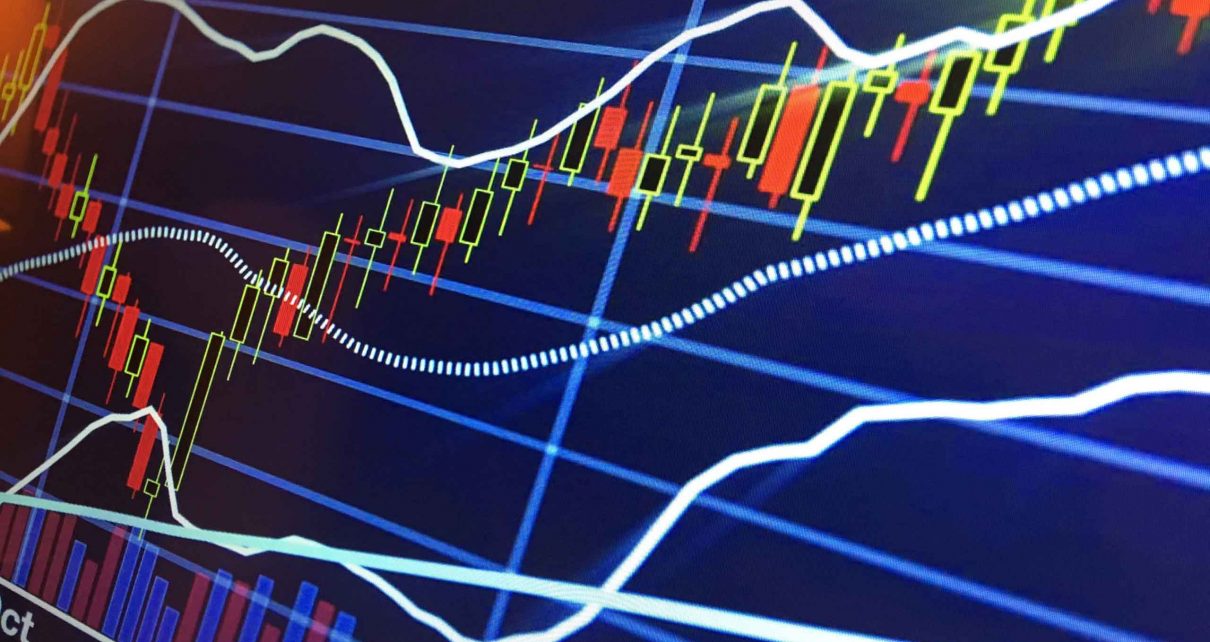- The dollar climbed due to higher US producer prices in July.
- Futures traders predict an 88.5% likelihood that the Fed will maintain current rates.
- The British economy managed unexpected growth in the second quarter.
On Friday, currency futures dipped as the dollar rose after the US reported higher US producer prices in July. This was despite growing speculation that the Fed might finally stop raising interest rates. The Producer Price Index (PPI) went up due to a rise in service costs, causing unease among traders. The surge in the dollar also pushed the yen above the 145 mark, which led to intervention in September 2022.
US producer prices (Source: Bureau of Labor Statistics)
The Labor Department reported a 0.3% rise in the PPI in July. Moreover, it revised lower the previously reported June data that showed no change. Over the twelve months leading up to July, the PPI increased by 0.8%, after a 0.2% gain in the previous month.
Economists polled by Reuters had anticipated a 0.2% monthly increase and a 0.7% year-on-year rise in the PPI. Meanwhile, recent Consumer Price Index (CPI) data revealed a 0.2% increase in consumer inflation last month, mirroring the gain observed in June.
The dollar index, measuring the dollar against six other currencies, rose by 0.21%, marking its fourth consecutive week of gains. This came after a rebound from a 15-month low in mid-July, attributed to positive signals from the US labor market.
Despite subsequent data indicating a slowdown in inflation, increased borrowing estimates by the Treasury for the third quarter led to higher yields. During the September policymaker meeting, futures traders predict an 88.5% likelihood that the Fed will maintain its benchmark interest rate within the 5.25-5.5% range.
The dollar’s strength briefly pushed the yen to 145.03 in late afternoon trading, its highest level since June 30.
Meanwhile, the pound increased for the first time in four days. This was driven by data revealing that the British economy had surpassed growth expectations in June, alleviating concerns about the impact of high inflation and interest rates on economic activity. While the British economy managed unexpected growth in the second quarter, it still lagged behind other major advanced economies in regaining its pre-COVID levels, particularly from late 2019.
Official data released on Friday indicated that the economy expanded by 0.2% in Q2, defying consensus expectations of a flat reading.





